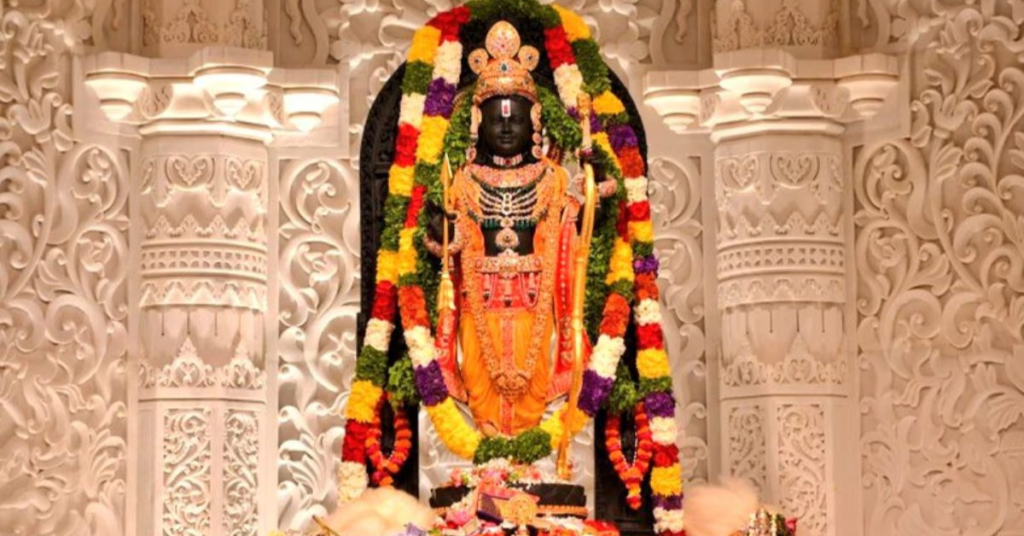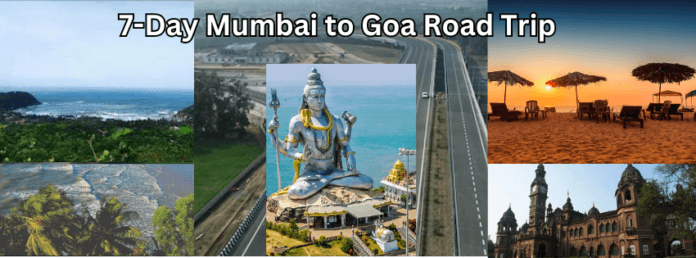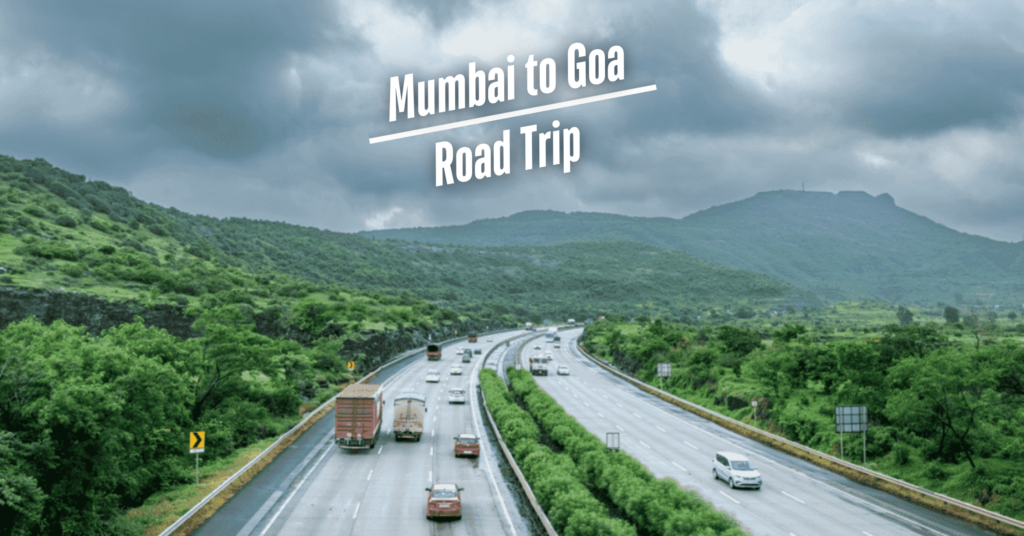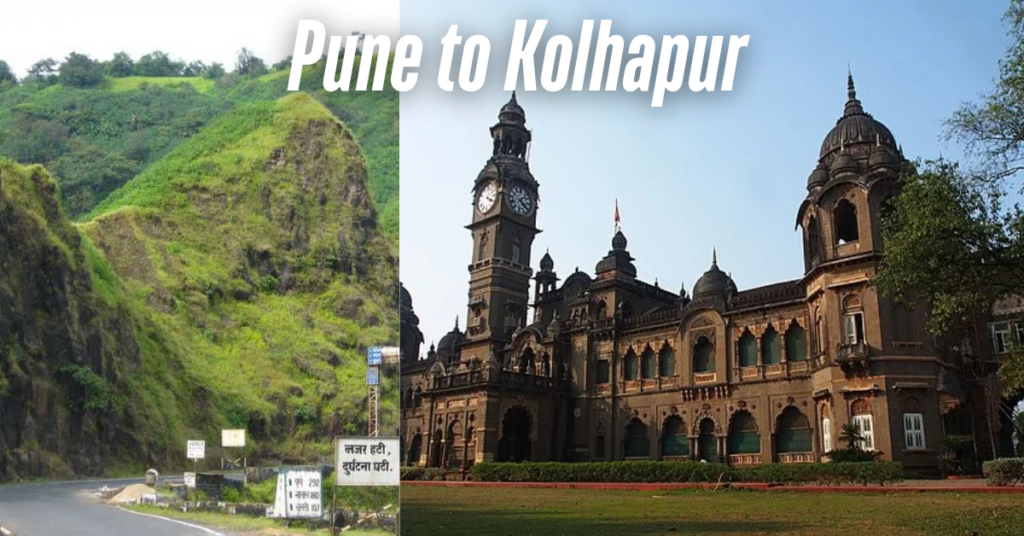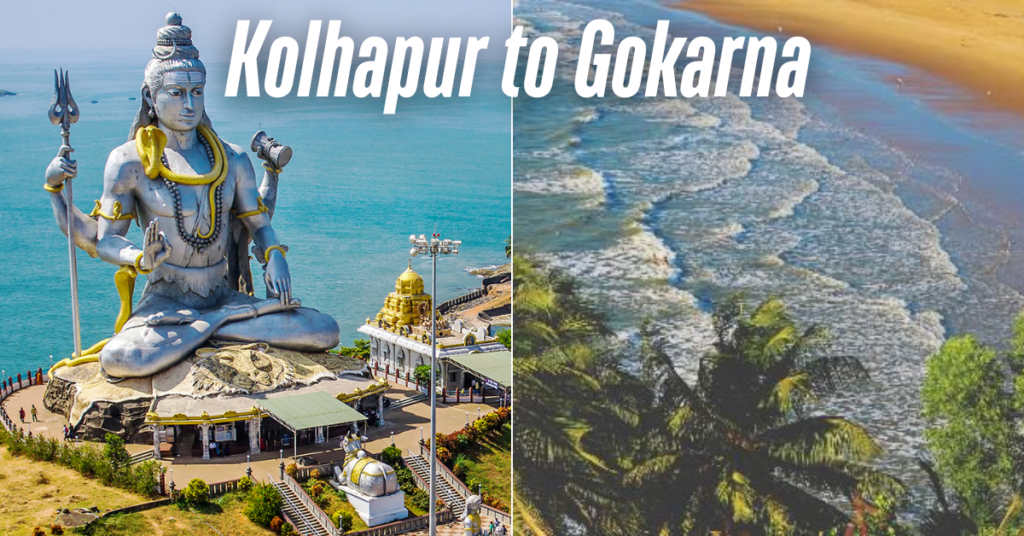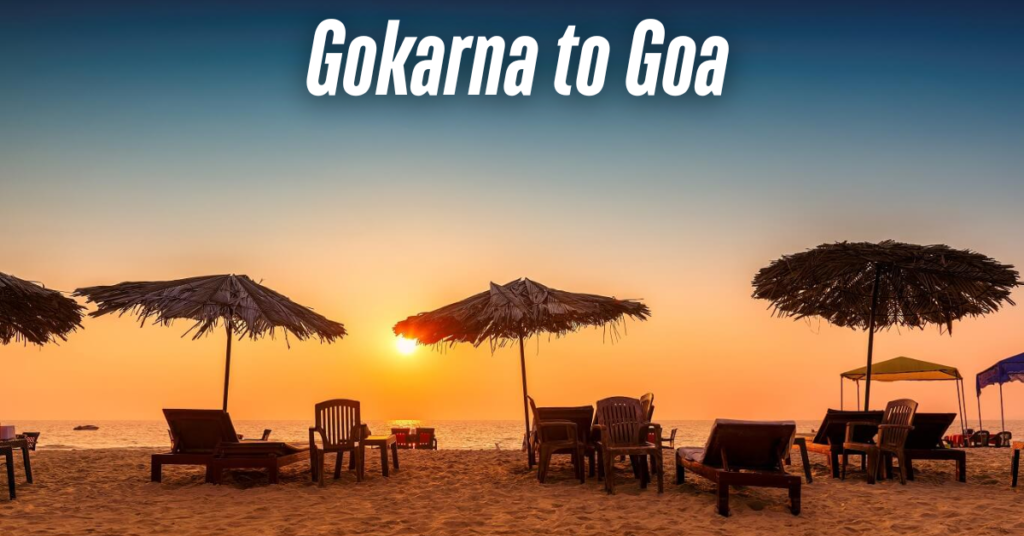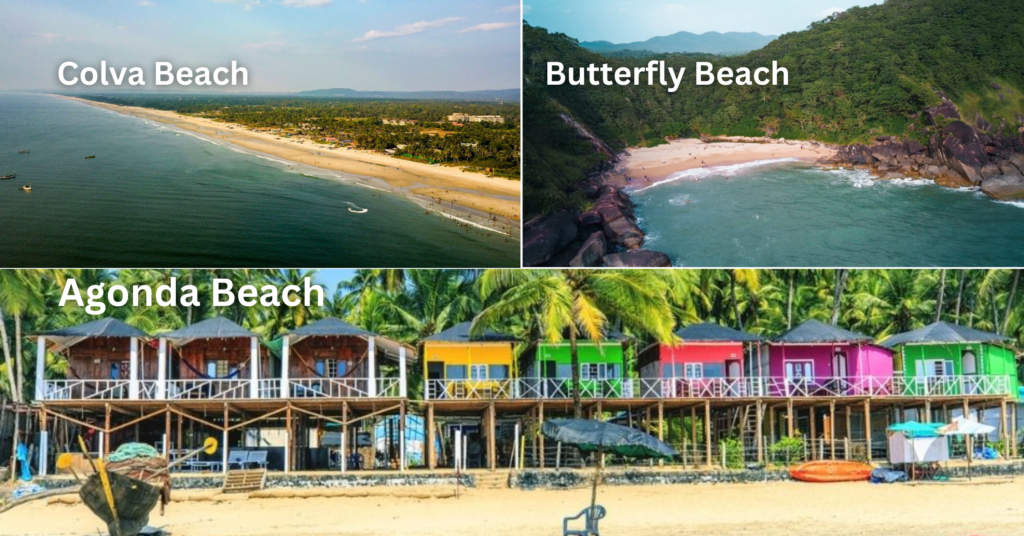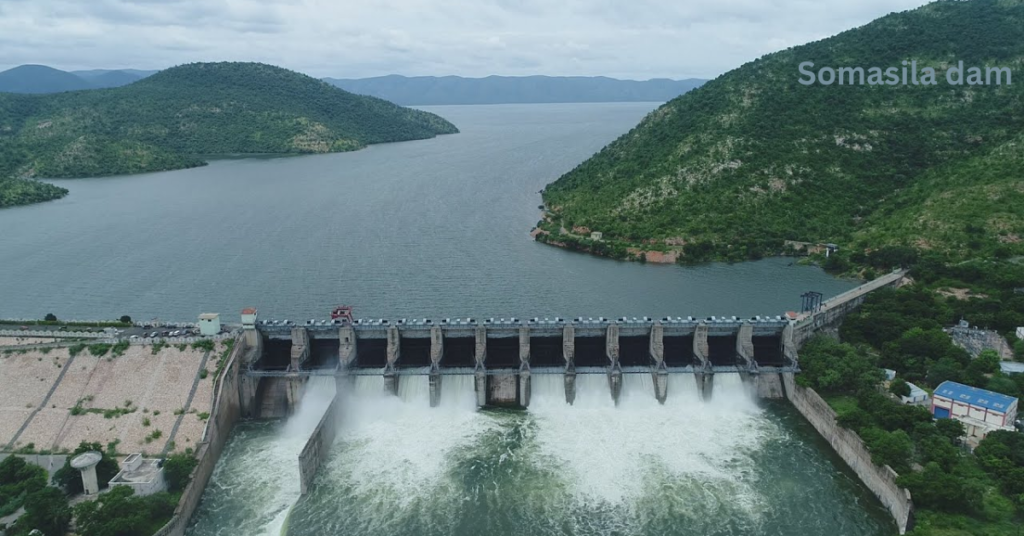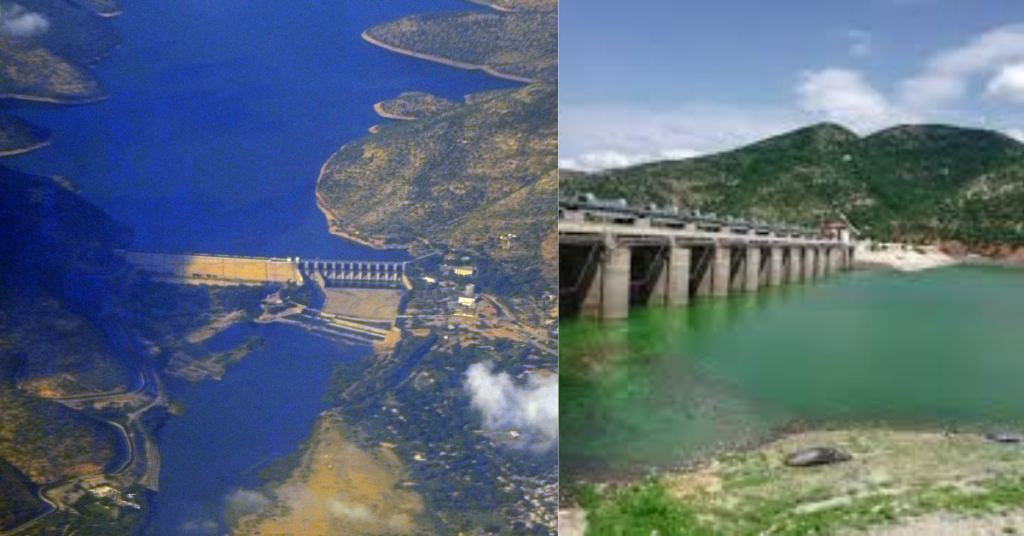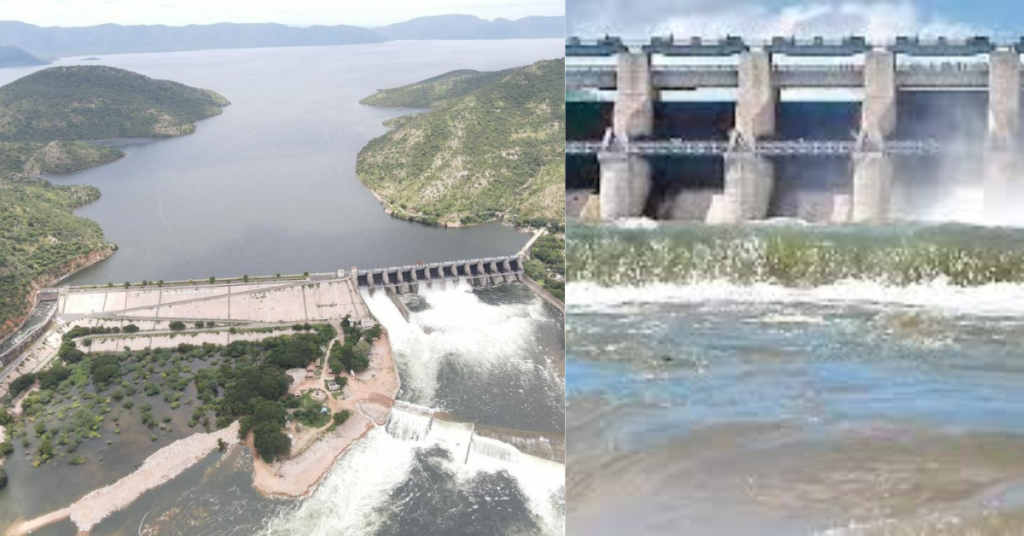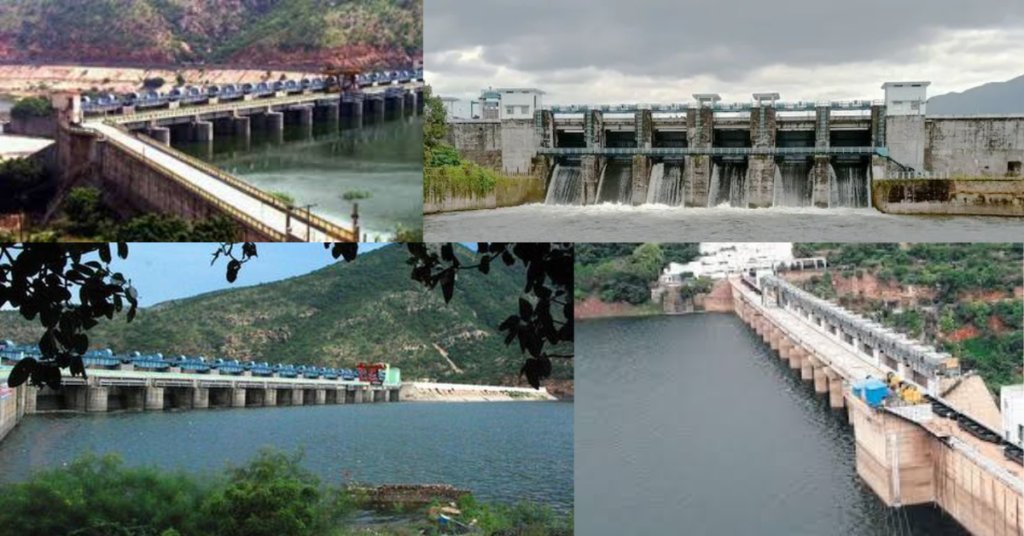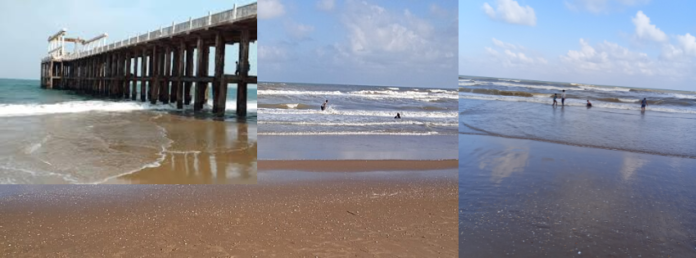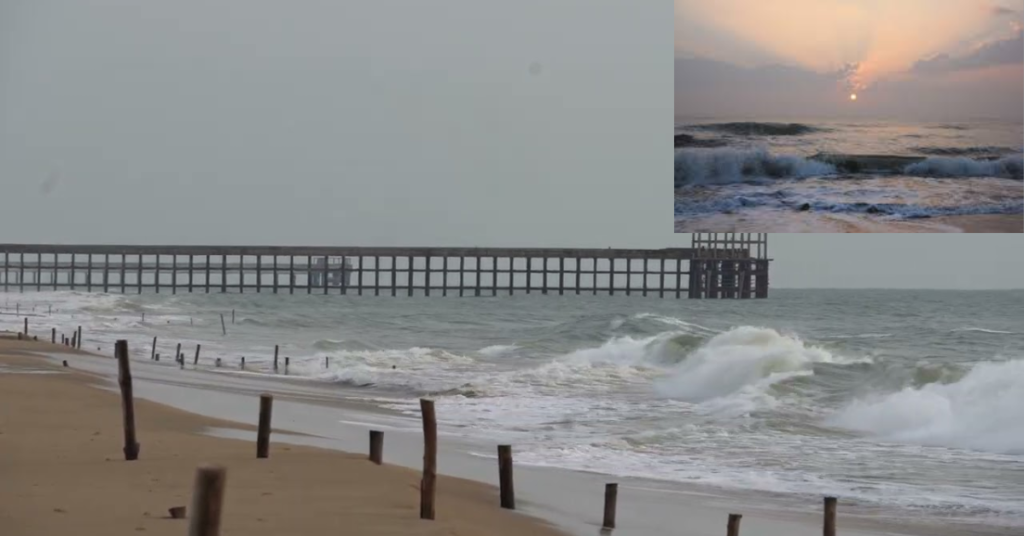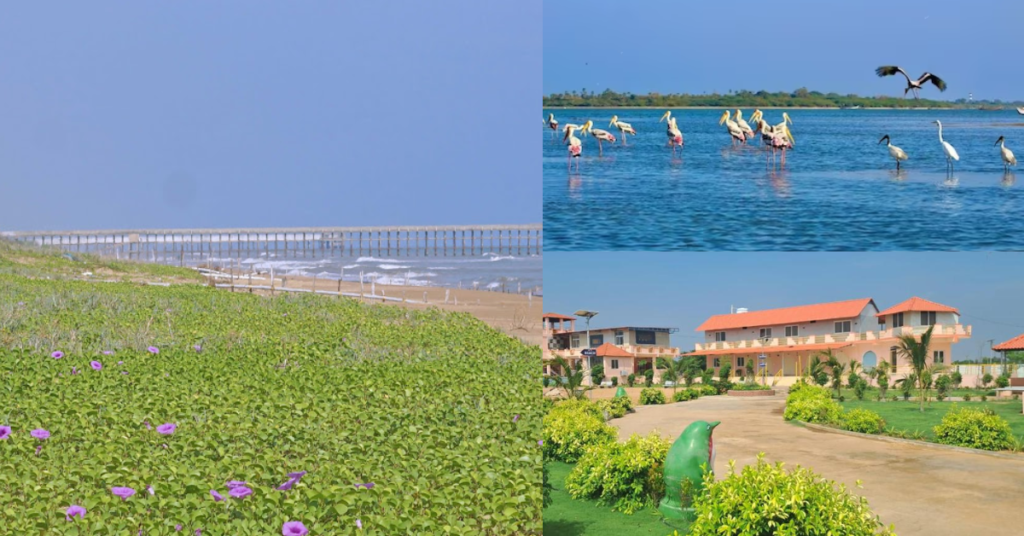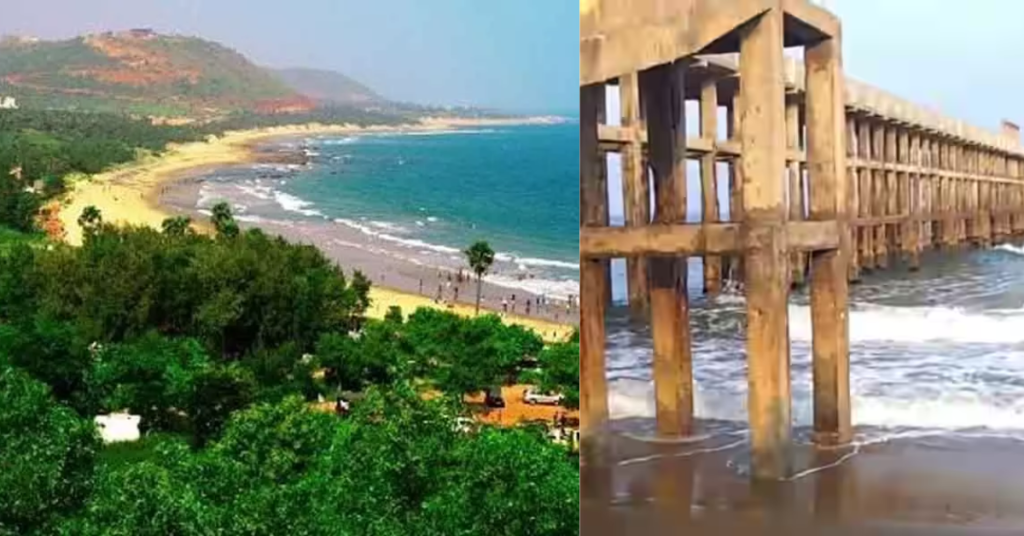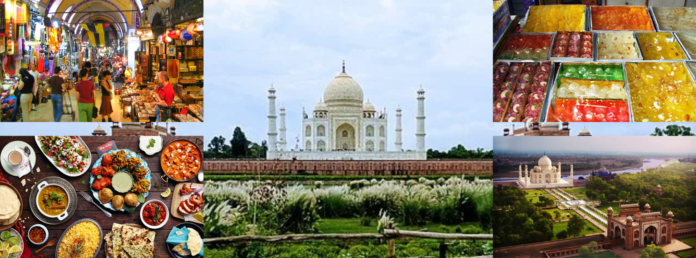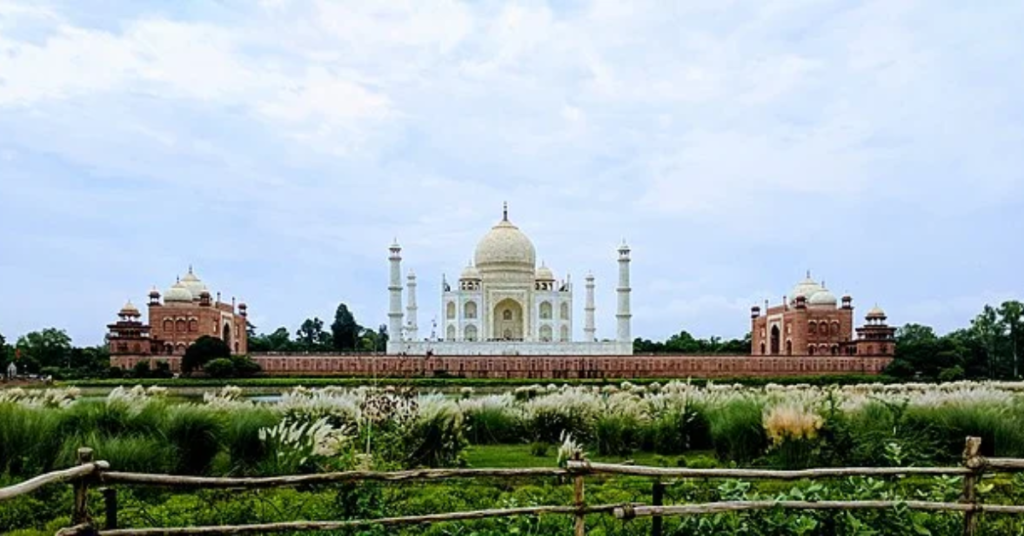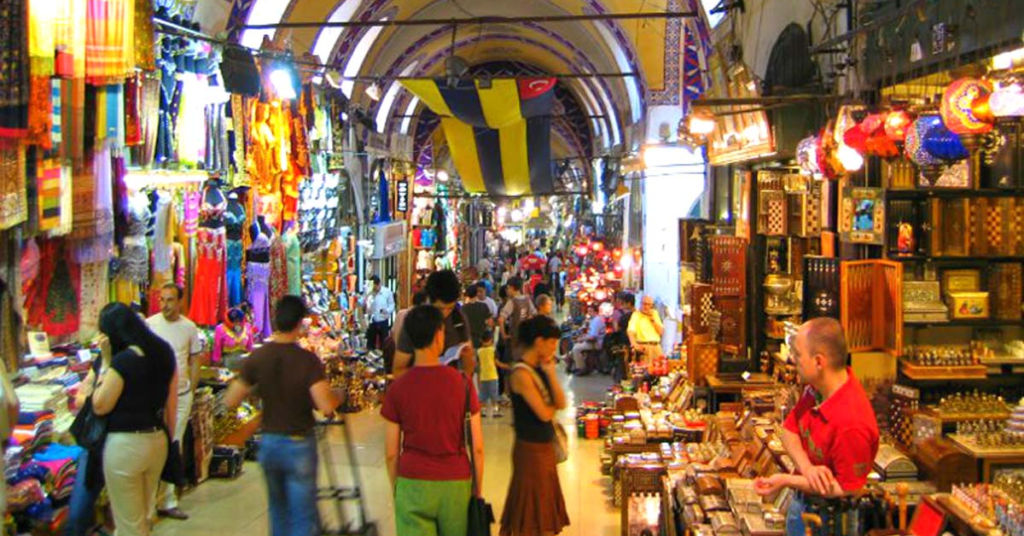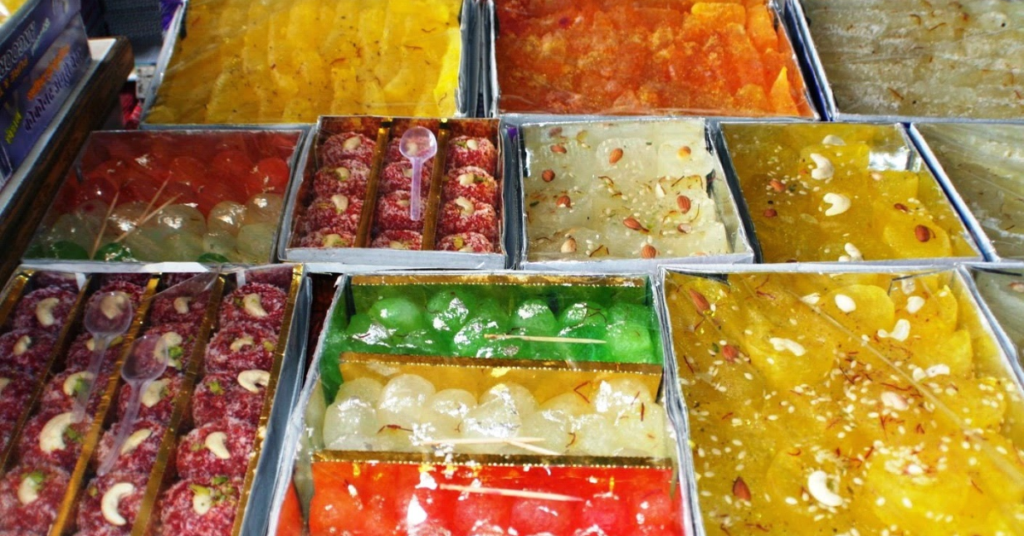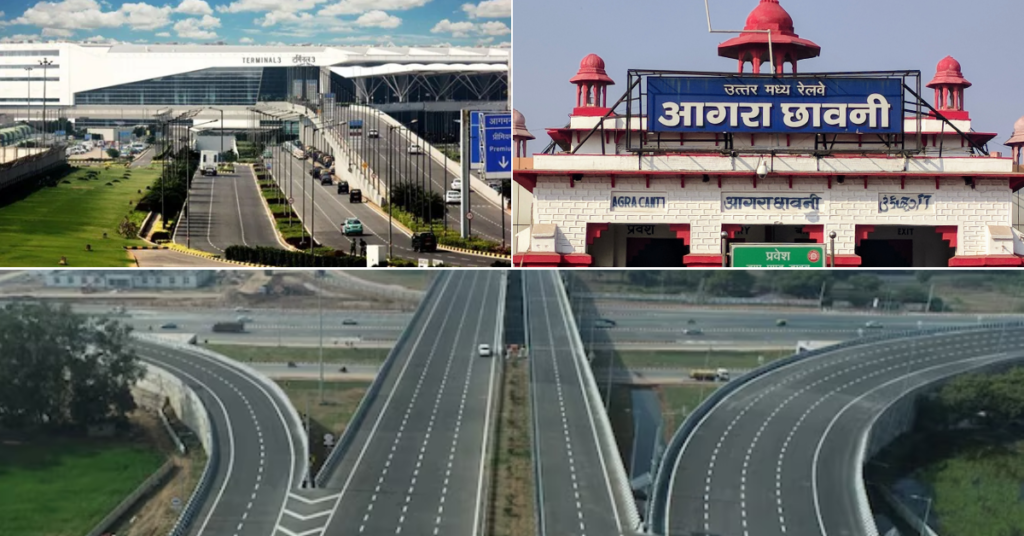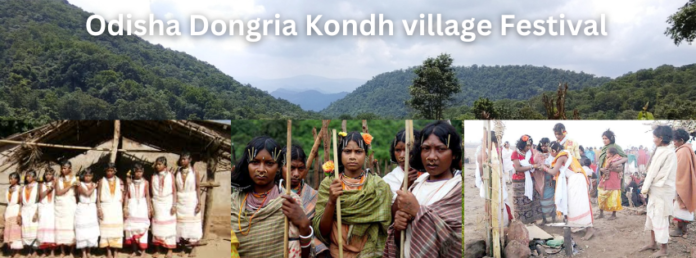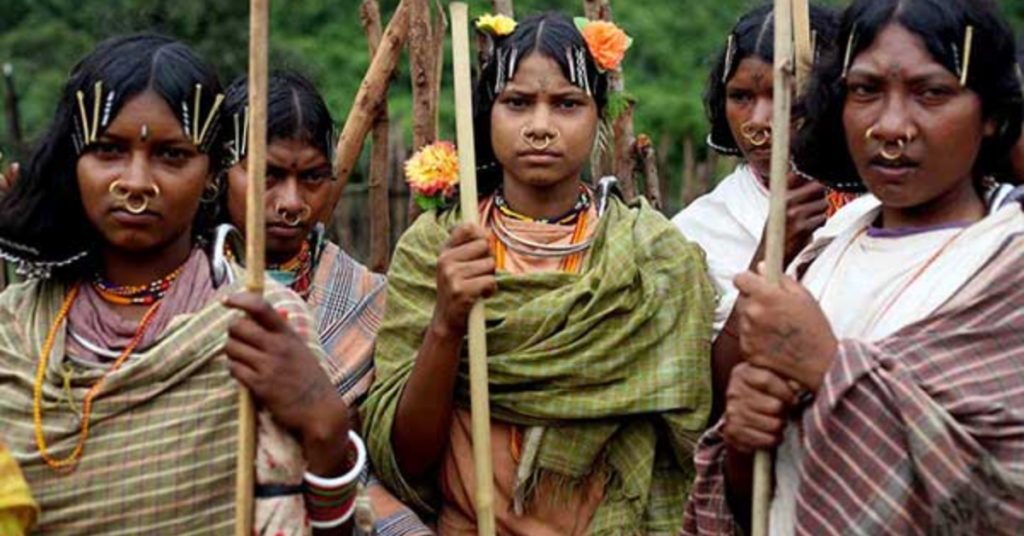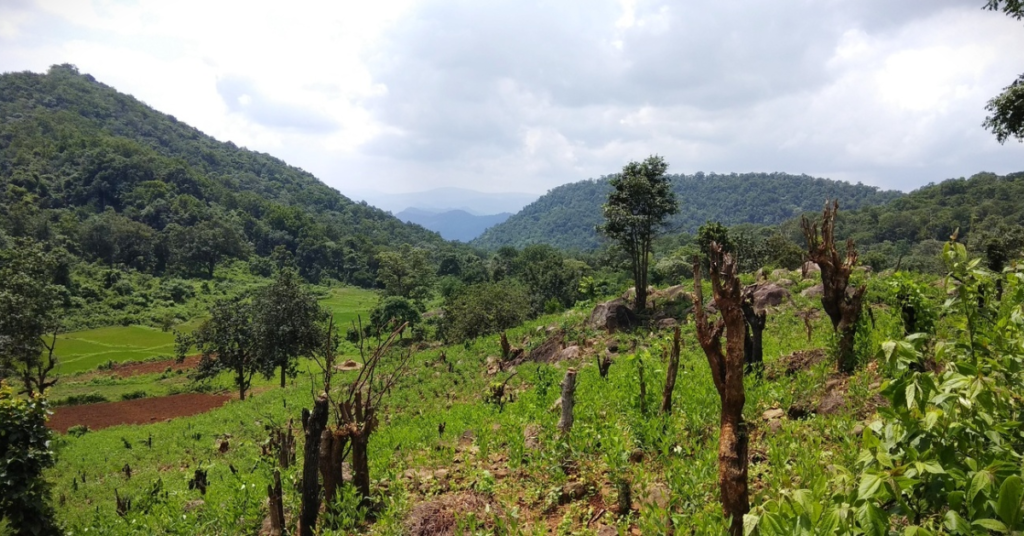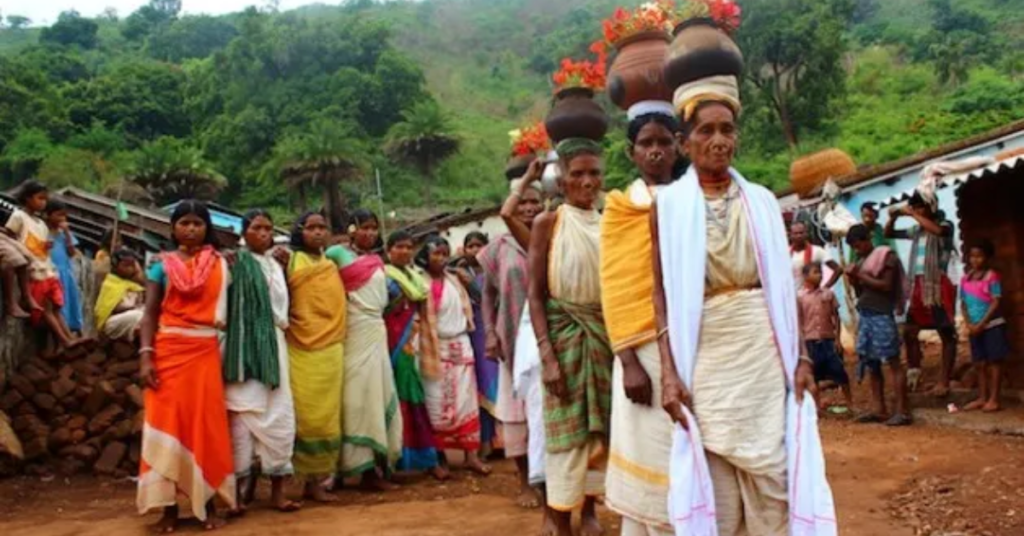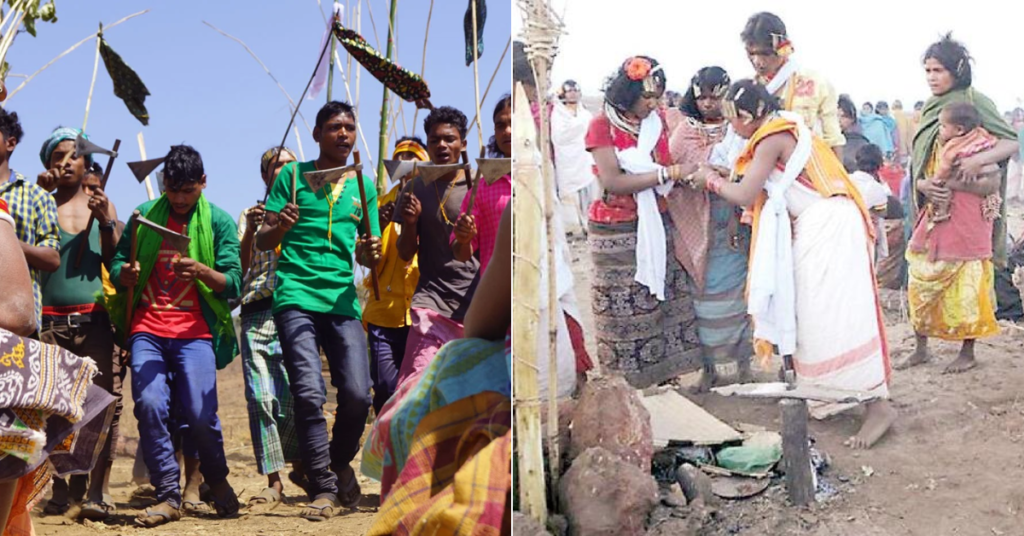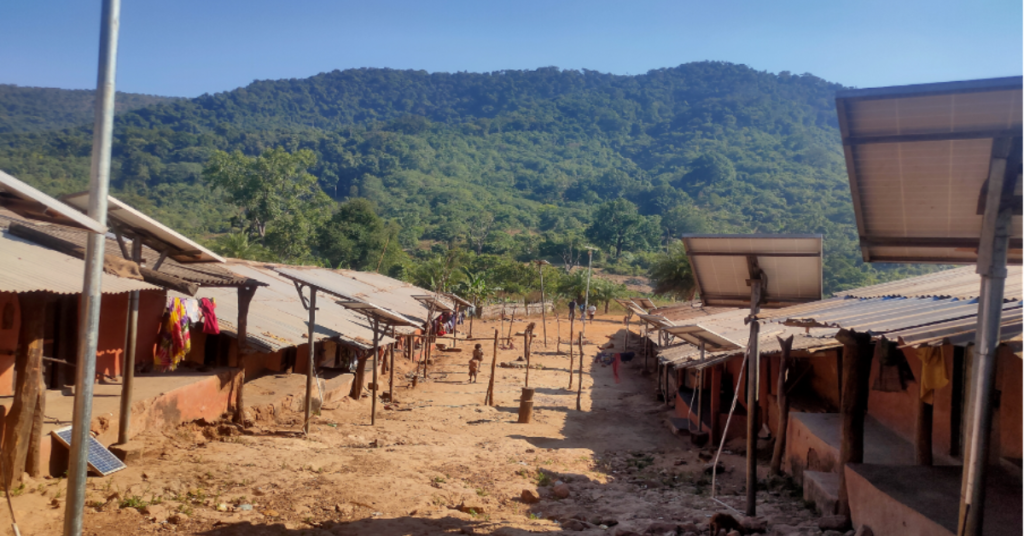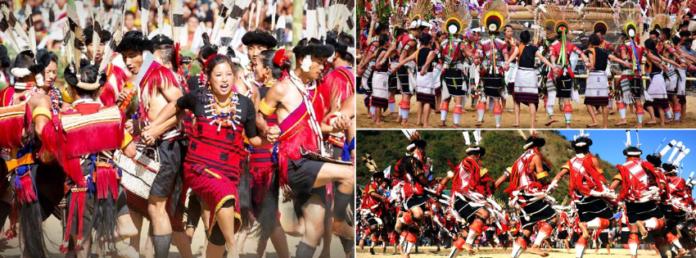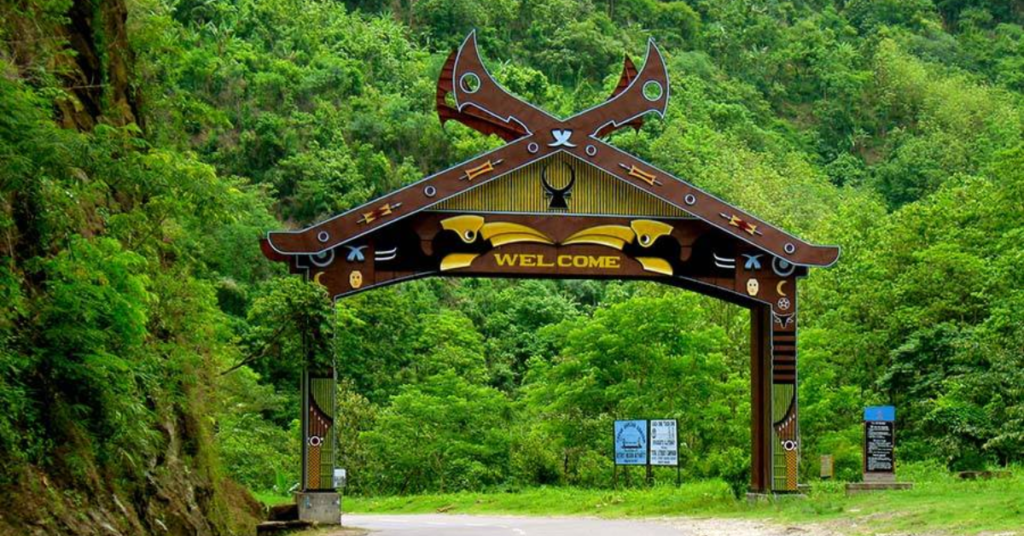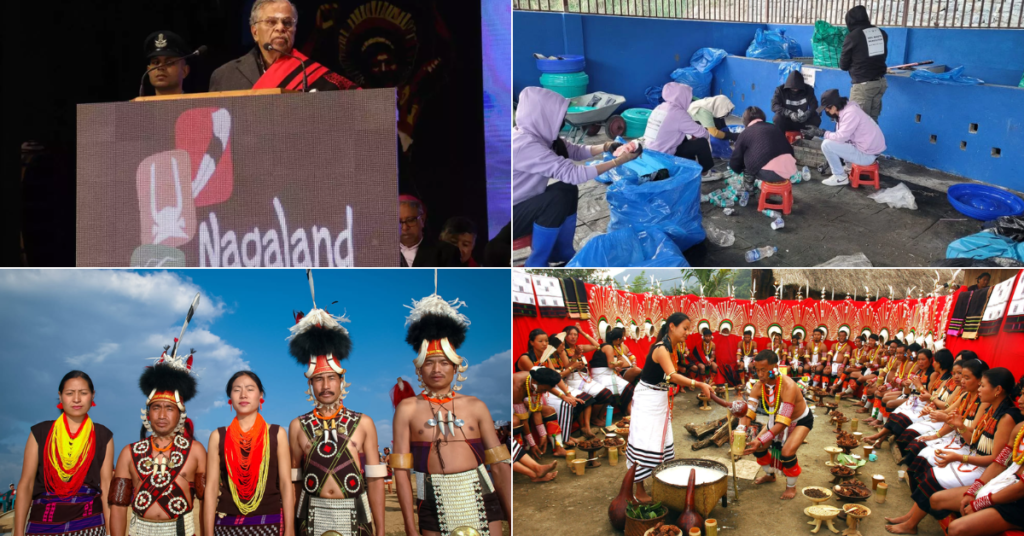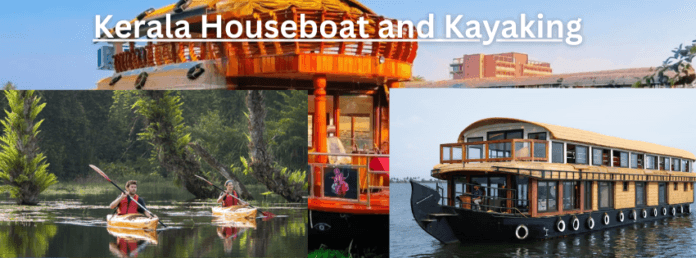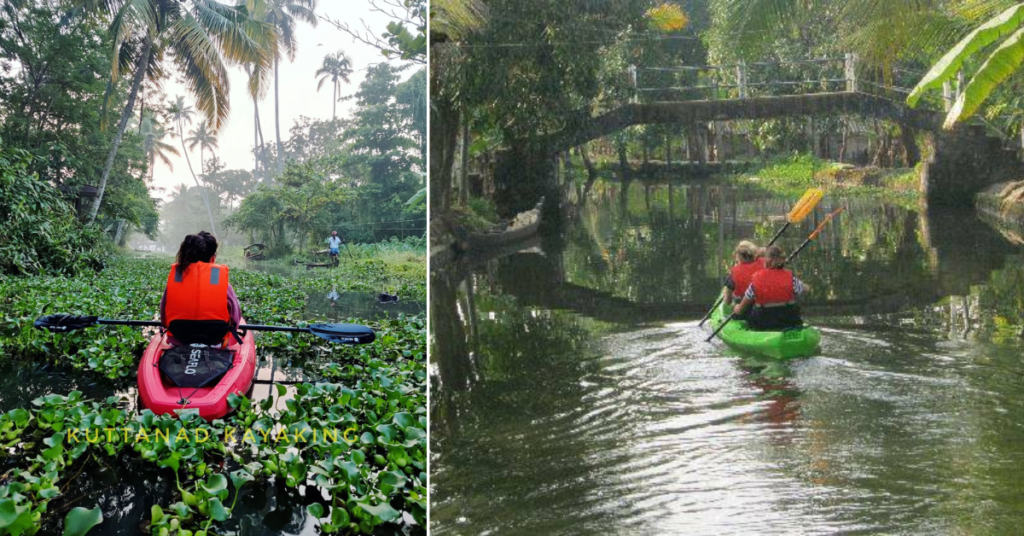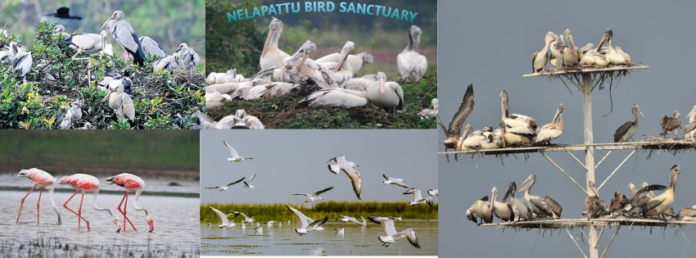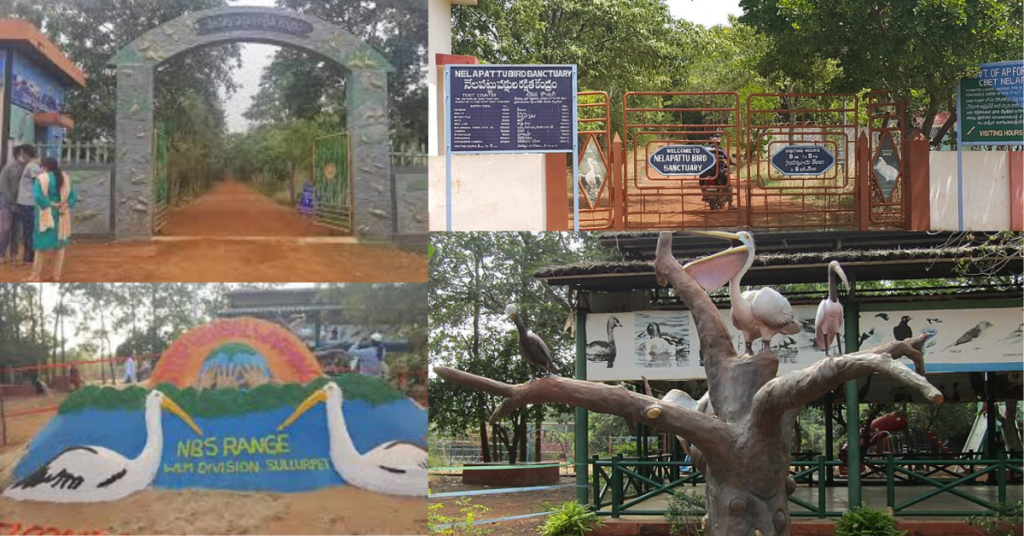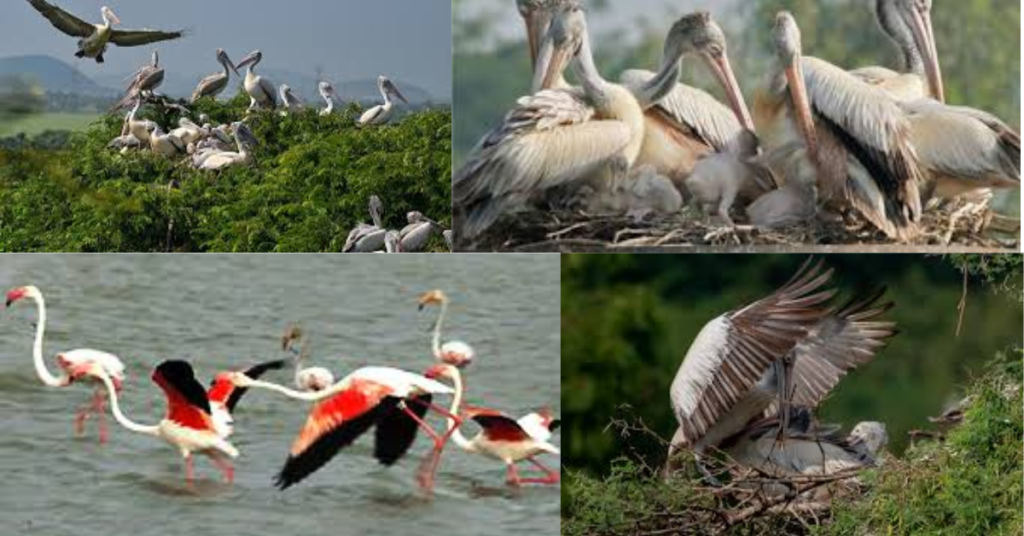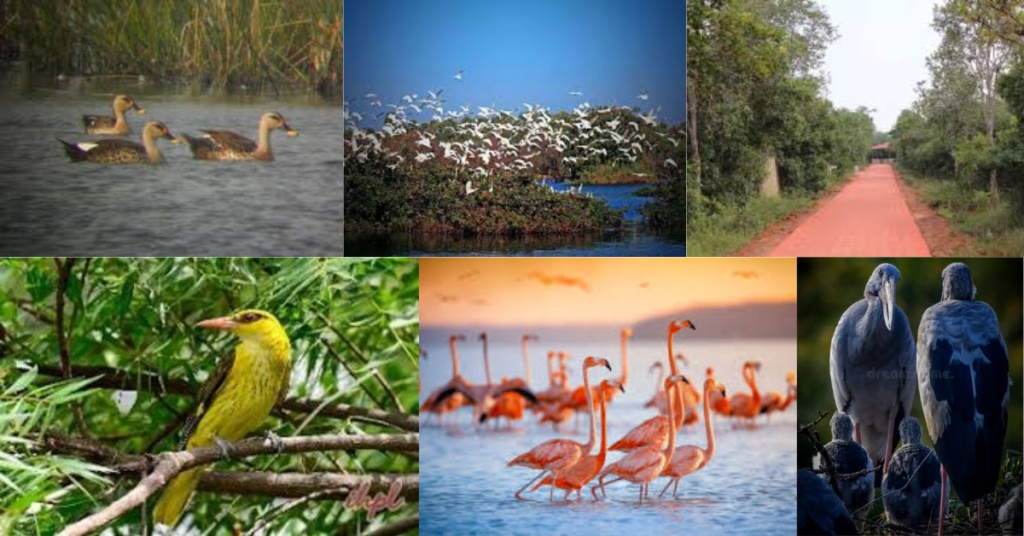Introduction
Krishnapatnam Port, a deep–water port located on the eastern coastline of India in the Nellore district of Andhra Pradesh, is a testament to the region’s modern infrastructural and industrial development. Krishnapatnam is more than just a port – it serves as an important market center and a trade hub and features prominently in the developing Indian economy. It is on track to become the biggest privately owned port in India and will likely play an even bigger part in global commerce.
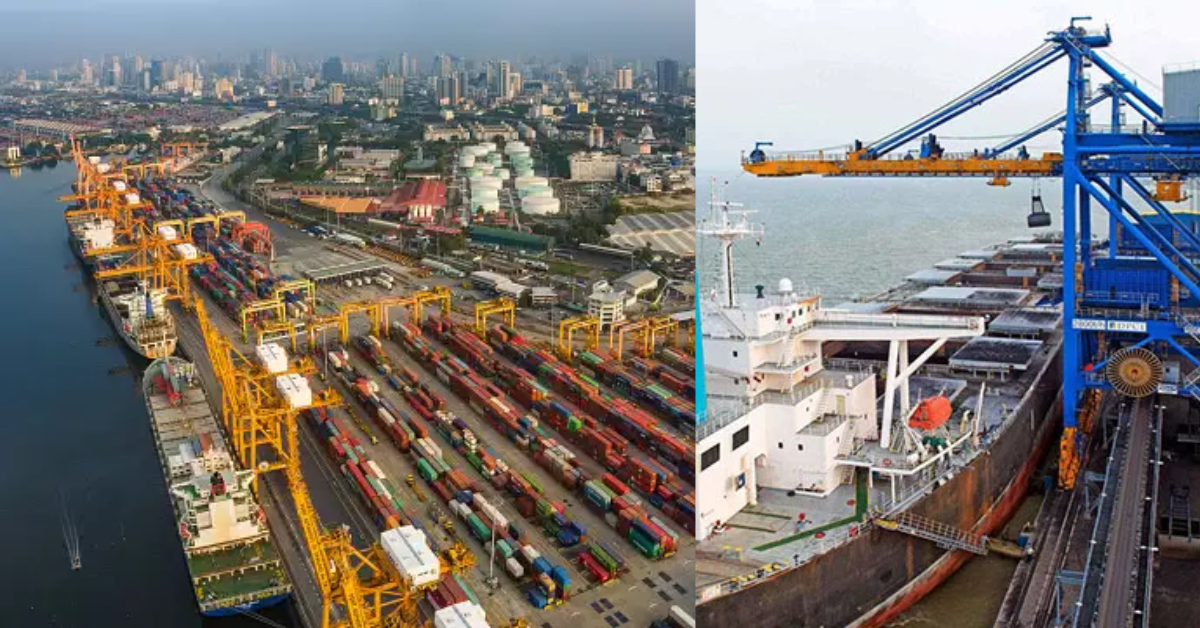
Key Features of Krishnapatnam Port
India’s largest waterfront: Stretching 12.5 km, the port boasts the largest waterfront in India and stands ready for expansion and development.
Deep Draft for Mega Ships: With a draft of 18 meters, Krishnapatnam can take massive “Capesize” vessels of up to 200,000 deadweight tons. This is important for efficient management of high volumes of cargo.
Multimodal Connectivity: Road and rail port connections guarantee efficient logistics operations to and from the port, within the country and outside.
State-of-the-Art Infrastructure: Krishnapatnam is equipped with advanced technology mechanical cargo handling equipment which allows fast and easy loading and offloading of ships.
On-site Customs Office: The port is also served by a customs office located at the port, which is linked through Edl to facilitate the clearance of goods faster.
Dedicated Storage: Smooth logistics are also achieved through these secure spaces to store cargo in dedicated yards.
Also Read: Exclusive of 7-Day Mumbai to Goa Road Trip: Coastal Highways, Beach Stops & Monsoon Magic
History and Development of Krishnapatnam Port

- The port is named after famous ruler Sr. Krishandevaraya of the Vijayanagar empire.
- Before the construction of the port, wooden boats were used for iron ore exportation in the 1960s.
- It was designated as a government port in the 1980s.
- In 2008, the port underwent modernization by collaborating with the government.
- Currently, the port located in India is managed by Adani Ports and Special Economic Zone (APSEZ), the largest operator in the country.
- The port is particularized and one of the most sophisticated private ports in the region.
Major Exports and Imports
Like other ports, Krishnapatnam port also deals in a variety of goods and has extensive trade policies.
Exports
One of the most traded commodities is iron ore. It is transported to various countries, including China.
Granite: There is a large-scale exportation of finished granite.
Imports
- Coal: The port supplies coal to thermal power plants, which produce electricity for the region.

Why is Krishnapatnam Port Important?
- Trade Hub: It connects India to global markets, making it easier to import and export goods.
- Economic Growth: The port supports industries like steel, power, and agriculture by providing efficient logistics.
- Employment: It employs huge numbers of people for its logistics, transportation, and warehousing services.
- Tourism Potential: The port is being developed into a tourist destination, with plans for waterfront amenities.
Future Plans
Krishnapatnam Port is continuously expanding and upgrading its facilities. Some plans include:
- Developing a special economic zone (SEZ) to attract industries.
- Building cruise terminals to promote tourism.
- Enhancing rail and road connectivity for faster movement of goods.
Experiencing Krishnapatnam Port
While direct access to the port area may be restricted for security and operational reasons, there are still ways to learn about its significance:
- Observe from Designated Viewpoints: Check if there are designated viewpoints from where you can observe the port’s activity.
- Visit Nearby Areas: Explore the surrounding areas to get a sense of the industrial landscape and the economic activity generated by the port.
- Learn about Maritime Trade: Research and learn about the importance of maritime trade in the global economy and how ports like Krishnapatnam facilitate it.

Facts About Krishnapatnam Port
- It is one of the deepest ports in India, with a depth of up to 18 meters.
- The port can handle Capesize vessels, which are among the largest cargo ships in the world.
- It’s called after the adjacent hamlet of Krishnapatnam.
Also Read: Somasila Dam – A scenic reservoir ideal for picnics and boating
Things to Do Near Krishnapatnam Port
- Relax at Mypadu Beach – Enjoy the golden sands, gentle waves, and beautiful sunsets at this peaceful beach.
- Explore Pulicat Lake – Visit one of India’s largest coastal lagoons, known for flamingos, birdwatching, and boating.
- Visit Nelapattu Bird Sanctuary – A paradise for nature lovers, home to spot-billed pelicans, painted storks, and other migratory birds.
- Seek Blessings at Sri Ranganathaswamy Temple – A beautiful temple dedicated to Lord Vishnu with stunning Dravidian architecture.
- Experience Spirituality at Jonnawada Temple – A famous Shakti Peetha dedicated to Goddess Kamakshi, known for its religious significance.
- Hike to Udayagiri Fort – Explore ancient ruins, temples, and breathtaking views at this historic Vijayanagar-era fort.
- Take a Pilgrimage to Penchalakona Temple – Located in scenic hills, this temple is dedicated to Lord Narasimha and offers a peaceful atmosphere.
- Enjoy a Boating Trip at Kandaleru Dam – One of Asia’s largest reservoirs, perfect for boating, photography, and nature walks.
- Discover the Beauty of Venkatagiri Fort – A historical fort with intricate architecture and a royal past, perfect for history lovers.
- Shop for Handloom Sarees in Venkatagiri – Famous for its handwoven cotton and silk sarees, a great place to buy traditional textiles.
How to Reach Krishnapatnam Port
- By Road: The port has excellent access to national routes. It is about 3 hours from Chennai by car.
- By Rail: The nearest railway station is Nellore, which is 20 kilometers away.
- By Air: The closest airport is Chennai International Airport, about 180 kilometers from the port.
Tips for Visiting the Krishnapatnam Port Area
- Check on visitor access with port authorities.
- Carry identification documents if required.
- Respect security regulations.
- Be aware of industrial activity in the surrounding area.
Conclusion
Krishnapatnam Port is a symbol of progress and development in Andhra Pradesh. With its modern facilities, strategic location, and focus on growth, it is playing a vital role in India’s trade and economy. Krishnapatnam Port is an interesting area to learn about, regardless of your interest in industry, logistics, or simply how ports operate.
Frequently Asked Questions
Krishnapatnam Port is located in Nellore district, Andhra Pradesh, on the east coast of India.
It is one of India’s deepest and largest privately-owned ports with advanced infrastructure and multimodal connectivity.
The port has a draft depth of 18 meters, allowing it to handle large capesize vessels.
Iron ore and granite are the main exports, especially to countries like China.
The port mainly imports coal, which is supplied to thermal power plants.
It has excellent road and rail connectivity, along with seamless customs clearance.





